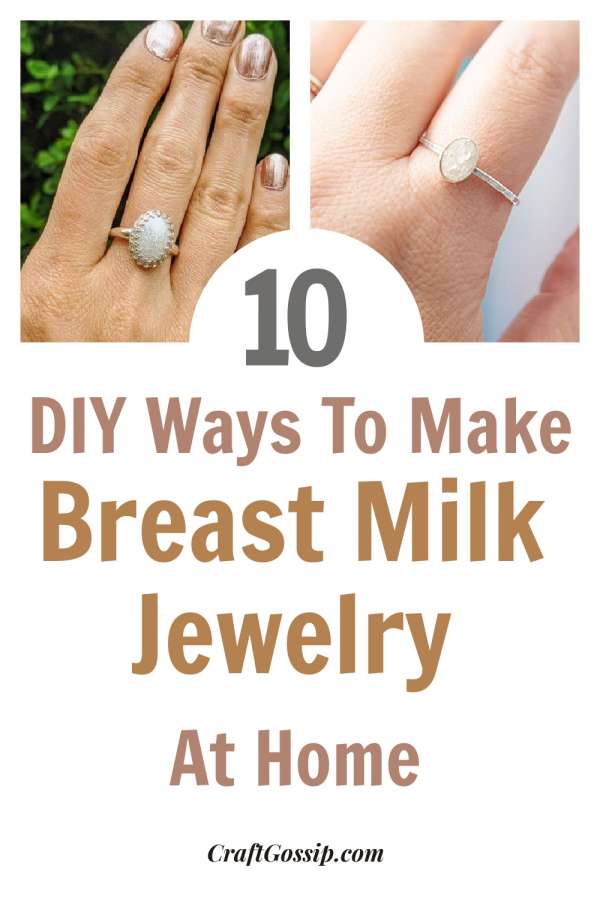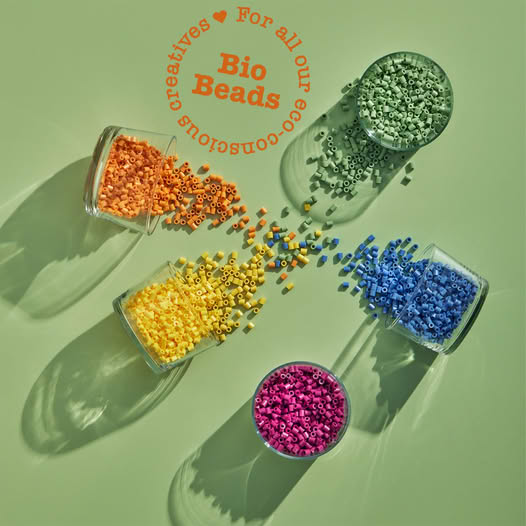
Breast milk is liquid gold and for some parents, saving a few drops of the breastmilk and preserving it into jewelry is a treasured keepsake. It certainly wasn’t around when I was having my babies otherwise I probably would have considered doing it too.
So how does it all work? Well first you need to preserve the breast milk, this is usually done by adding a breastmilk preserving powder and turning the milk from its liquid form into a dry substance that you can then work with. Such as stirring it into resin to pour or mold. Why does it need to be preserved? Breast milk contains high levels of bacteria and preserving powder has been tried and tested and it really is the easiest way to go, buying a readymade powder. Unless you have a science degree, which I do not.
So how long does Breast milk jewelry last? If cast into resin correctly (as in you used the correct preserving powder) then it will last the lifetime of the resin, obviously smashing it or extreme temps could damage the resin as with all resin styled jewelry. Remember this is now a man-made stone or filler for your ring or necklace. I highly suggest UV Casting resin as it does not yellow with age.
If you are new to jewelry making and don’t already have basic jewelry making supplies then you might consider just buying a breast milk jewelry kit that contains everything you need ( minus the breast milk) to complete your keepsake jewelry.
I really like the pearl-styled Milk balls, which allow you to place them in necklace cages like these, but I must say the rings in the picture above look like Australian opals. So pretty!
So how much milk do you need? it’s around 5ml, but I would say express a little more so you have enough breast milk to play around and allow for some mistakes. Same for the amount of preserving powder that you will need for making Breast Milk Jewelry, buy extra so you can play around.
Breast Milk Jewelry Diy: A Step-by-step Guide
DIY Breast Milk Jewelry – How I Made My Breast Milk Ring – The Rose Mama
How To Easily Make Your Own Breast Milk Jewelry
